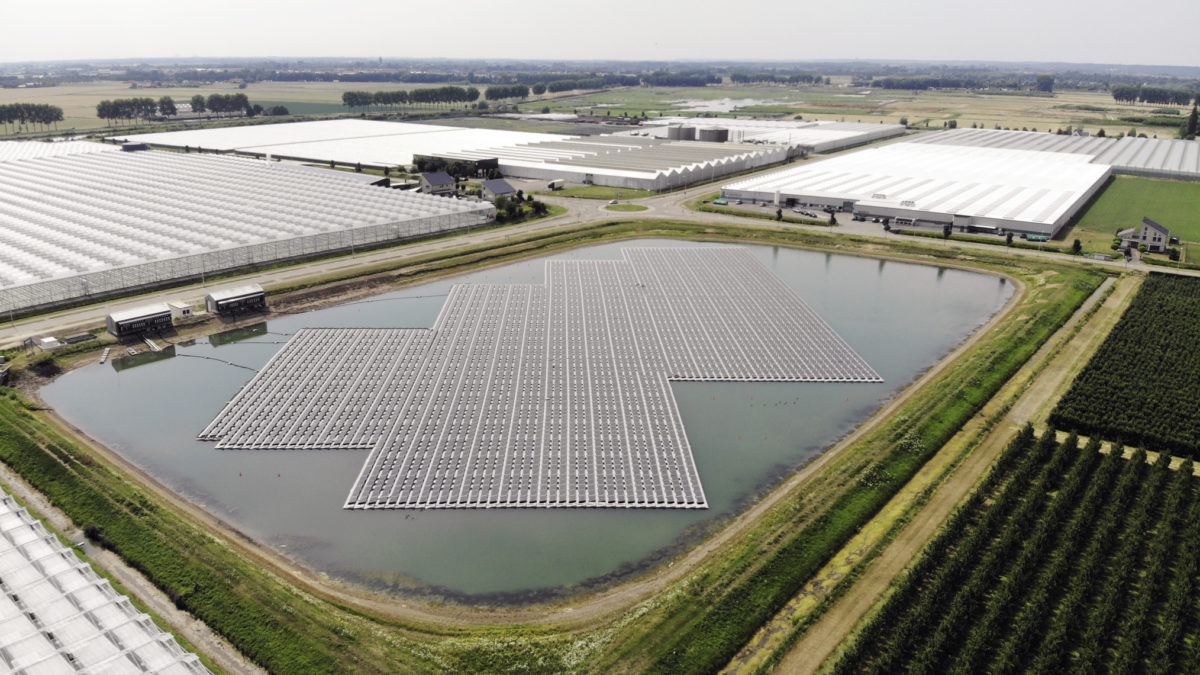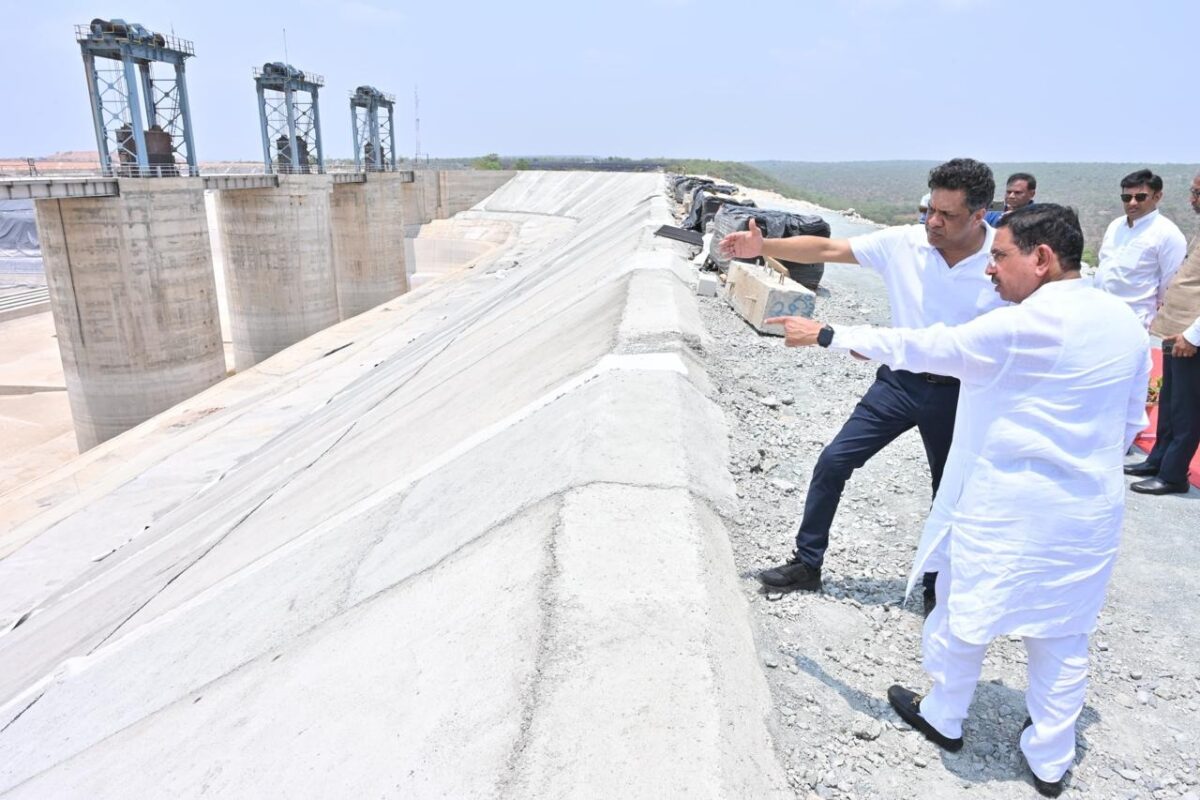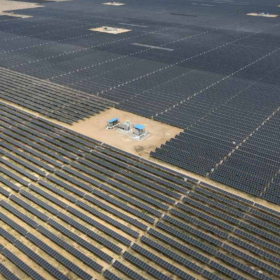A study by sustainability thinktank The Energy and Resources Institute (TERI) has calculated that India’s water reservoirs have 18,000 sq. km of area with the potential to host 280 GW of floating solar power generation capacity.
The report calculated the floating solar potential on the basis of 30% of the water surface area of the country’s medium and large reservoirs.
The report provides state-wise floating solar potential in the form of a web-based interactive tool called India Floating Solar PV-Tool, which has also been developed under this study.
According to the tool, the greatest potential lies in Maharashtra, where 57,891 MW of electricity can be generated from floating solar over 3173 sq. km of water surface area in reservoirs.
TERI Senior Director-Renewable Energy Technologies Dr Ashvini Kumar said, “This report is an excellent initiative opening up alternatives for solar capacity additions. Preliminary data analysis indicates a huge potential of 280 GW with a certain coverage of water surface area. Maharashtra, Karnataka and Madhya Pradesh are the top three states in terms of potential for installations of floating solar PV.”
Director General Dr Ajay Mathur added, “Floating Solar PV could be a potential option for accelerating solar power deployment in the country, which would ultimately help in achieving NDC goals. It is time to look for bringing a conducive policy framework to encourage tapping this potential.”
Silver lining amid ‘ground’ reality
At present, ground-based installations form 93.1% of India’s grid-connected solar PV sector. The installation cost of utility-scale solar in the country has dropped by 84% between 2010 and 2018, making India the country with the lowest installation cost for utility-scale solar PVs.
“However, solar PV deployment is quite land intensive and scaling up projects requires large chunks of contiguous land parcels, which has its own set of challenges,” stated TERI report.
The report recommends that alternatives such as floating solar need to be explored and established for India to stay on track to meet the national targets for solar capacity additions.
“It is estimated that the global annual capacity addition from floating solar may rise from the 1.314 GWp in 2018 to 4.6 GWp by 2022. Presently, China is the leading international market followed by Japan and South Korea for floating solar. India also has very bright prospects to develop floating solar projects due to availability of large water bodies in the country”—stated the report.
This content is protected by copyright and may not be reused. If you want to cooperate with us and would like to reuse some of our content, please contact: editors@pv-magazine.com.









4 comments
By submitting this form you agree to pv magazine using your data for the purposes of publishing your comment.
Your personal data will only be disclosed or otherwise transmitted to third parties for the purposes of spam filtering or if this is necessary for technical maintenance of the website. Any other transfer to third parties will not take place unless this is justified on the basis of applicable data protection regulations or if pv magazine is legally obliged to do so.
You may revoke this consent at any time with effect for the future, in which case your personal data will be deleted immediately. Otherwise, your data will be deleted if pv magazine has processed your request or the purpose of data storage is fulfilled.
Further information on data privacy can be found in our Data Protection Policy.